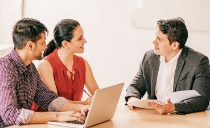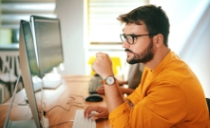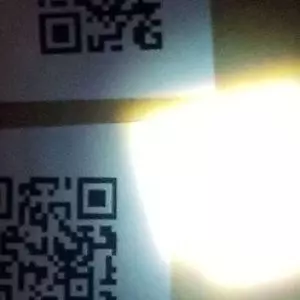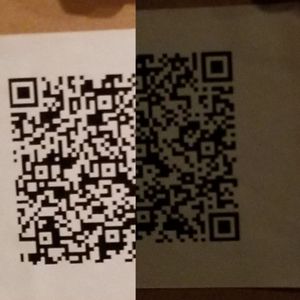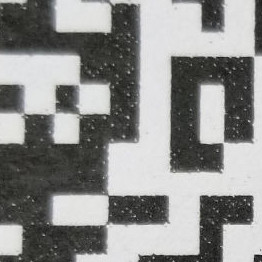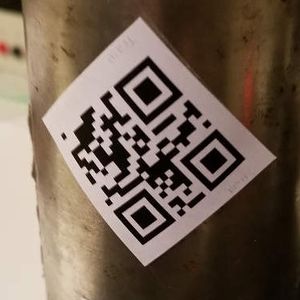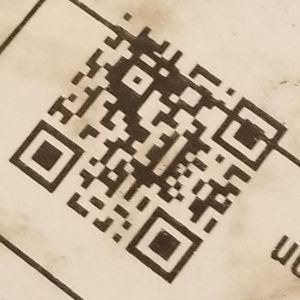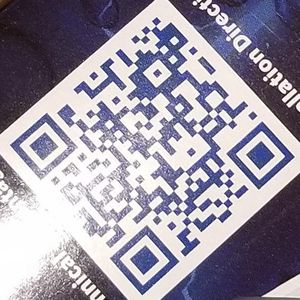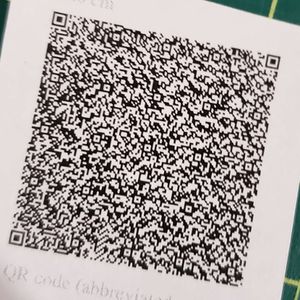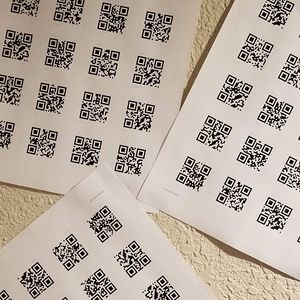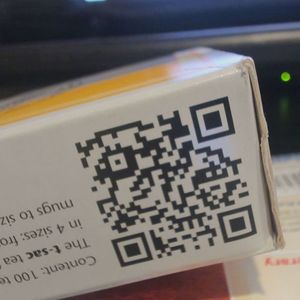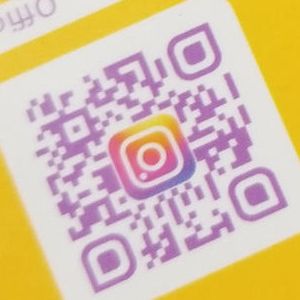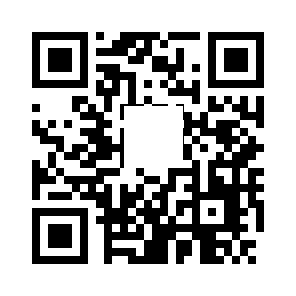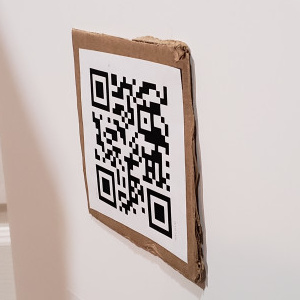QR Code Reading Benchmark and Comparison
QR Code is widely used in our everyday life. As a two-dimensional barcode, it can store more data than 1D barcodes. It can be captured using a camera and then be decoded using image processing methods.
Reading QR codes in the real world is a challenging job. For example, the following QR code is damaged and wrinkled, which is difficult to read.
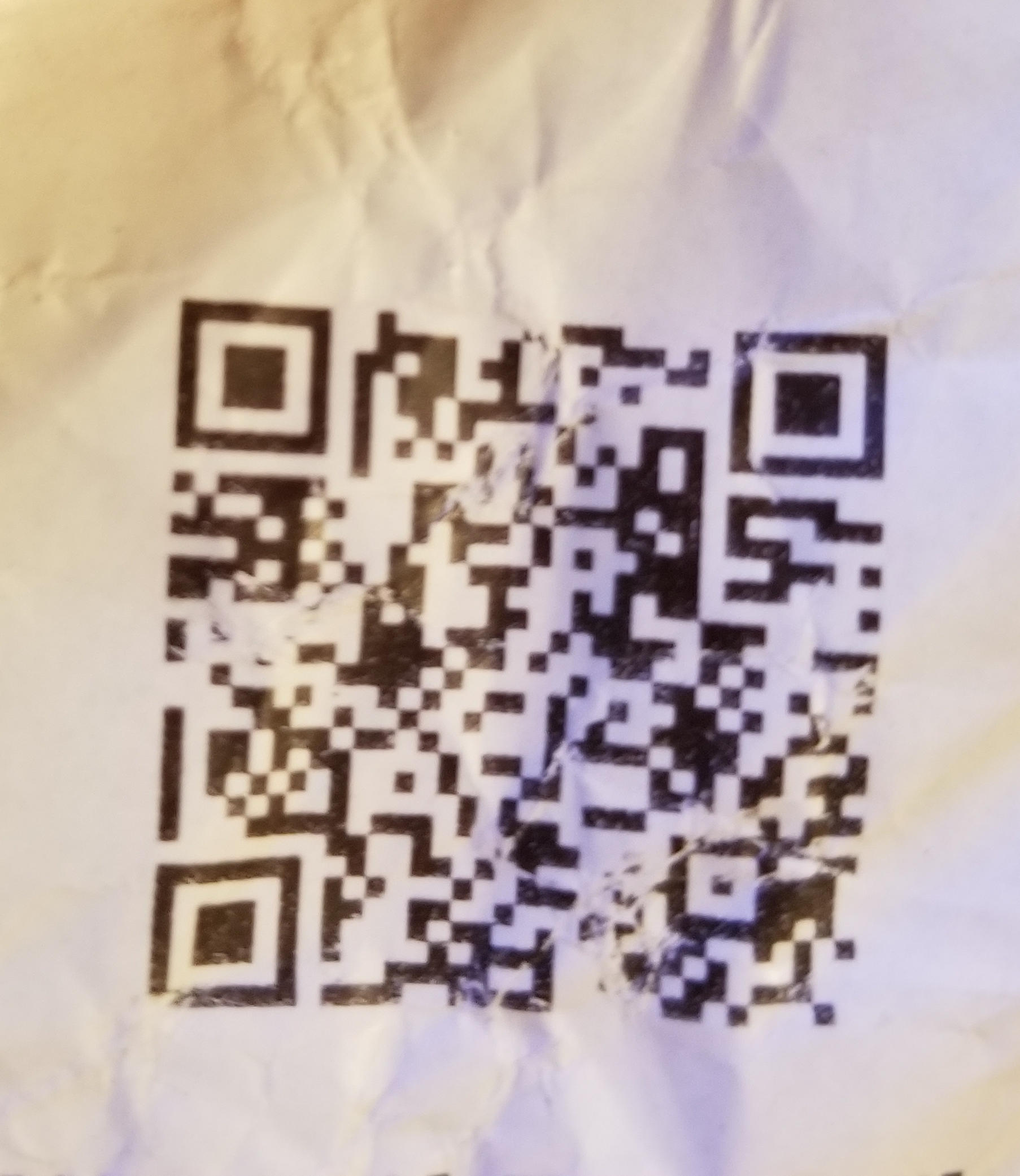
There are many open-source and commercial libraries or SDKs which can read QR codes. A benchmark is needed to evaluate which one is more robust or suitable for a specific use case.
There aren’t many QR codes reading benchmarks. A comprehensive one is made by the author of the open-source computer vision library Boofcv. The author collected a dataset of QR code images and put them into categories. A performance test is then made on the dataset to evaluate 5 open-source libraries.
The dataset has 536 images containing 1232 QR codes and has 16 categories: blurred, bright_spots, brightness, close, curved, damaged, glare, high_version, lots, monitor, nominal, noncompliant, pathological, perspective, rotations and shadows. In this article, we are going to do a QR code reading benchmark using this dataset to find out the best QR code reader.
This article is Part 1 in a 5-Part Series.
Video:
Note: The article has been updated on 06/26/2023. The results in the video may have some slight differences.
Performance Test Tool
In order to run the benchmark, a performance test tool is written.
You can find its code here.
It is going to run on a PC device with an Intel i5-10400 CPU and 16GB memory.
Evaluated Libraries
We are going to evaluate 7 libraries and SDKs:
- Dynamsoft Barcode Reader (version: 9.6.20, commercial)
- Commercial SDK A (version: 6.16, Scandit, commercial)
- Commercial SDK B (version: 13.9, Aspose, commercial)
- BoofCV (version: 0.43.1, open-source)
- ZXing (version: 3.5.1, open-source)
- ZBar (version: pyzbar 0.1.9, open-source)
- WeChat QR code detector in OpenCV (version: OpenCV 4.7.0.72, open-source)
If the SDK supports multiple barcode formats, its runtime settings are set to decode QR codes only.
Evaluation Metrics
The performance is evaluated by reading rate and runtime.
We can get the reading rate by dividing detected QR codes by total QR codes in images.
Reading rate = Detected QR codes / Total QR codes
How to infer that a QR code is detected? If there is a ground truth QR code which overlaps with the detected QR code, then it is considered detected.
Here is the simplified code for doing this:
function isDetected(barcodeResult){
for (let j = 0; j < groundTruthList.length; j++) {
const groundTruth = groundTruthList[j];
let percent;
const points1 = getPointsFromBarcodeResultResult(barcodeResult);
const points2 = getPointsFromGroundTruth(groundTruth);
percent = overlappingPercent(points1,points2);
if (percent > 0.20) {
return true;
}
}
return false;
}
The overlapping percent is calculated with the following code:
export function overlappingPercent(pts1:Point[] ,pts2:Point[]) : number {
const rect1 = getRectFromPoints(pts1);
const rect2 = getRectFromPoints(pts2);
let leftRect;
let rightRect;
if (rect1.left<rect2.left) {
leftRect = rect1;
rightRect = rect2;
}else{
leftRect = rect2;
rightRect = rect1;
}
let upperRect;
let lowerRect;
if (rect1.top<rect2.top) {
upperRect = rect1;
lowerRect = rect2;
}else{
upperRect = rect2;
lowerRect = rect1;
}
if (leftRect.right > rightRect.left && upperRect.bottom>lowerRect.top) {
const overlappedX = Math.min(leftRect.right,rightRect.right) - rightRect.left;
const overlappedY = Math.min(upperRect.bottom,lowerRect.bottom) - lowerRect.top;
const overlappedArea = overlappedX * overlappedY;
const area1 = rect1.width * rect1.height;
const area2 = rect2.width * rect2.height;
const smallerArea = Math.min(area1,area2);
return overlappedArea/smallerArea;
}else{
return 0;
}
}
The QR code’s text result is not considered since the libraries all have 100% precision.
Note:
ZXing only returns the three points of the position patterns in a QR code. Postprocessing is done to convert the three points to a polygon.
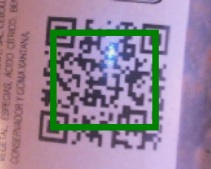
The runtime is calculated using the following code in a Python backend.
start_time = time.time()
results = self.reader.decode_bytes(file_bytes)
end_time = time.time()
elapsedTime = int((end_time - start_time) * 1000)
Detection Results
Reading rate in percent in categories:
| Category | Dynamsoft | BoofCV | ZXing | ZBar | OpenCV WeChat | Commercial SDK A | Commercial SDK B |
|---|---|---|---|---|---|---|---|
| blurred | 66.15 | 38.46 | 21.54 | 35.38 | 46.15 | 33.85 | 36.92 |
| brightness | 81.18 | 78.82 | 52.94 | 50.59 | 23.53 | 52.94 | 51.76 |
| bright_spots | 43.3 | 27.84 | 20.62 | 19.59 | 24.74 | 8.25 | 29.9 |
| close | 95 | 100 | 5 | 12.5 | 67.5 | 22.5 | 25 |
| curved | 70 | 56.67 | 31.67 | 35 | 43.33 | 31.67 | 36.67 |
| damaged * | 51.16 | 16.28 | 20.93 | 25.58 | 30.23 | 27.91 | 27.91 |
| glare | 84.91 | 32.08 | 20.75 | 35.85 | 58.49 | 43.4 | 20.75 |
| high_version * | 97.3 | 40.54 | 5.41 | 27.03 | 18.92 | 78.38 | 35.14 |
| lots * | 100 | 99.76 | 82.86 | 18.1 | 0 | 14.52 | 97.14 |
| monitor | 100 | 82.35 | 0 | 0 | 94.12 | 11.76 | 5.88 |
| nominal | 93.59 | 89.74 | 53.85 | 66.67 | 71.79 | 64.1 | 65.38 |
| noncompliant * | 92.31 | 3.85 | 15.38 | 50 | 76.92 | 61.54 | 11.54 |
| pathological * | 95.65 | 43.48 | 34.78 | 65.22 | 91.3 | 0 | 78.26 |
| perspective | 62.86 | 80 | 37.14 | 42.86 | 42.86 | 65.71 | 34.29 |
| rotations | 99.25 | 96.24 | 42.11 | 48.87 | 32.33 | 99.25 | 69.17 |
| shadows | 100 | 85 | 65 | 90 | 60 | 90 | 95 |
| total average | 83.29 | 60.69 | 31.87 | 38.95 | 48.89 | 44.11 | 45.04 |
- Damaged QR codes are the ones with scratches, dents, etc.
- Pathological QR codes have the markers intentionally corrupted. The markers are designed for the detection of QR Codes.
- The lots category has multiple QR Codes in one image.
- The QR Code symbology ranges from Version 1 to Version 40. The Version Information represents the number of cells (per side) making up the code. More on the QR Code versions.
- Non-compliant QR Codes have customized designs, for example, colors, or a logo at the center.
Dynamsoft Barcode Reader Wins by a Large Margin
We can see that the Dynamsoft Barcode Reader ranks 1st in most of the categories. In some categories, for example, the blurred, curved, glare, and high version, the SDK is the only solution that has a rate higher than 67%.
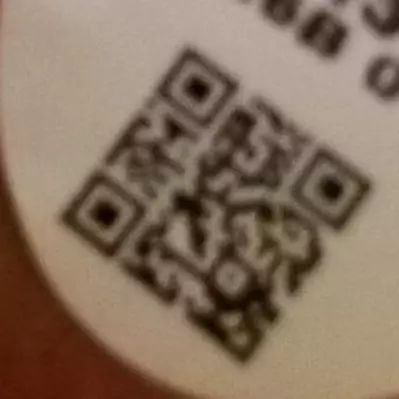
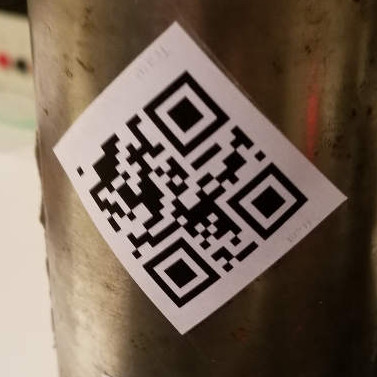
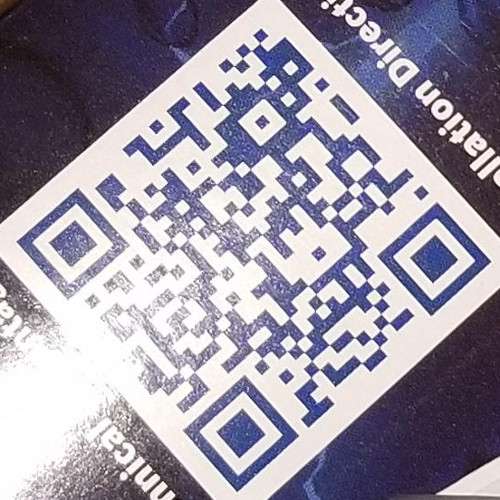
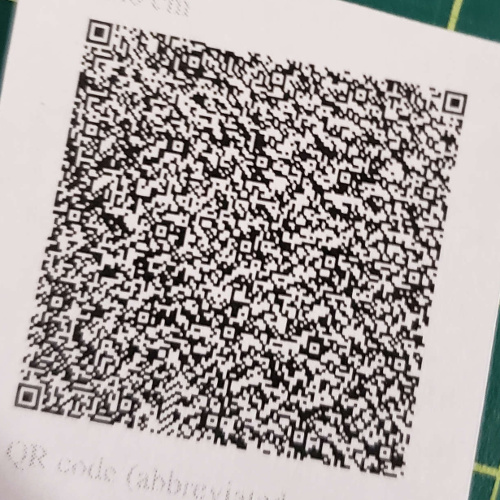
It ranks 2nd in the close categories and 3rd in the perspective category.
Note: The reading rates of some categories are not very high, because the QR codes are in bad condition and not readable.
Download 30-Day Free Trial SDK
ZXing vs. ZBar vs. BoofCV vs. OpenCV WeChat
If open source is a must for your project, it’s a safer choice to go with BoofCV or OpenCV WeChat. These two are based on computer vision and are actively maintained. This could be why they outperform ZXing and ZBar in some challenging situations.
- OpenCV WeChat is robust. It has the highest success rate for damaged and pathological QR Codes.
- OpenCV WeChat also excels for non-compliant QR Codes, which is not surprising, as QR codes with colors, or a logo at the center, or other customized designs are ubiquitous in WeChat usage.
- If we cast aside the noncompliant and pathological codes, then BoofCV is a good free solution, especially when it comes to the “lots” category.
Runtime Results
Runtime per image (in milliseconds):
| Engine | Result |
|---|---|
| Dynamsoft | 195.01 |
| Commercial SDK A | 1400.43 |
| Commercial SDK B | 346.27 |
| ZXing | 179.57 |
| ZBar | 157.31 |
| BoofCV | 104.95 |
| OpenCV Wechat | 757.71 |
Conclusion
We can see that Dynamsoft Barcode Reader has the best QR code reading rate on the test set and its speed is fairly good. If conditions allow, it is better to choose it as the barcode reading SDK.
You can find the detailed benchmark results here.
